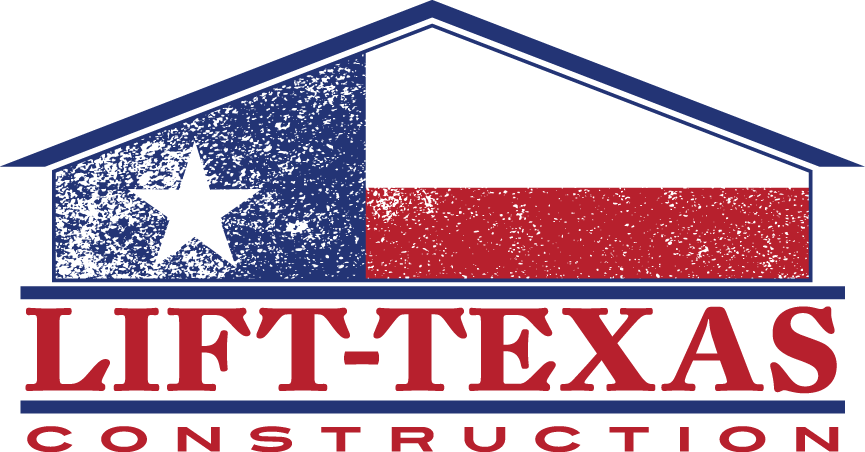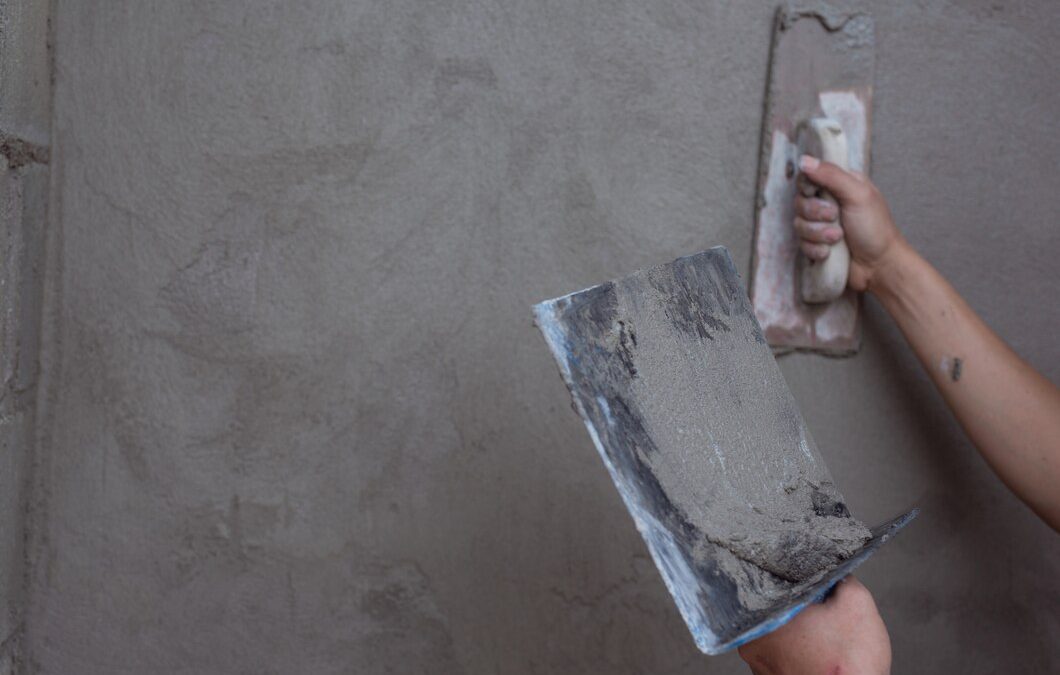Uneven concrete surfaces can cause a lot of problems. They can be a tripping hazard and look unsightly. Plus, water can pool in low spots, leading to more serious damage over time. Fixing uneven concrete can help keep your home safe and looking good.
Several things can make concrete uneven. Sometimes, it’s due to the ground moving or settling under the concrete. Other times, water damage or poor installation can cause the problem. Whatever the reason, it’s important to know how to fix it and keep it from happening again.
In this article, we’re going to explore how to fix uneven concrete surfaces. We’ll start by looking at what causes these issues and then move on to the tools and materials you’ll need. Finally, we’ll provide a step-by-step guide to leveling your concrete and share tips to keep it level for the long haul.
Causes of Uneven Concrete Surfaces
Uneven concrete surfaces can be caused by several factors. One common cause is soil movement. Over time, the ground beneath the concrete can shift due to changes in moisture levels, tree roots growing underneath, or settling of the soil. This movement creates voids and pressures that lead to cracks and uneven sections in the concrete.
Another cause is poor construction practices. If the ground was not properly prepared before the concrete was poured, it might lead to weak spots that can sink or crack. Improper mixing and pouring of concrete can also result in an uneven surface. Weather conditions, such as heavy rains or extreme temperatures, during the curing process, can affect the concrete’s final form.
Tools and Materials Needed for Concrete Leveling
Leveling concrete requires specific tools and materials to get the job done right. Having the right equipment ensures smooth concrete even when the project is completed. Here is a list of essential tools and materials you’ll need:
- Leveling Compound: This mixture is used to fill in low spots and create a smooth surface.
- Trowel: For spreading and smoothing the leveling compound.
- Concrete grinder: For smoothing rough or uneven areas.
- Level: To check the flatness of the surface throughout the process.
- Concrete cleaner: To remove dirt, grease, and other contaminants from the surface before starting.
- Water: Necessary for mixing some types of leveling compounds and cleaning tools.
Using these tools and materials ensures a smoother, safer, and more attractive concrete surface. Proper preparation and the right equipment are key to a successful leveling project, preventing future problems and costly repairs.
Step-by-Step Guide to Leveling Concrete
Leveling uneven concrete surfaces can seem like a daunting task, but with the right steps, you can do it effectively. Here’s a simple guide to help you through the process.
First, clean the area that needs leveling. Remove any debris, dirt, or old concrete pieces. Next, use a concrete grinder or chisel to address high spots, making the surface even. It’s crucial to wear safety gear like gloves and goggles during this step.
Once the surface is prepped, mix the concrete leveling compound according to the instructions on the package. Usually, this involves mixing the compound with water in a bucket. Make sure to achieve a smooth consistency. Pour the mixture onto the low spots of the concrete surface and spread it evenly using a trowel or a large putty knife. Make sure to feather the edges so that the new layer blends seamlessly with the old concrete. Allow it to dry according to the manufacturer’s recommended time before walking or placing any weight on it.
Preventative Measures to Maintain Level Concrete
To keep your concrete surfaces level for a long time, it’s important to take a few preventative measures. One of the most effective steps is to seal your concrete. Sealing helps protect the concrete from moisture and environmental damage. Use a high-quality concrete sealer and apply it regularly according to the product’s instructions.
Another important preventive measure is to control the moisture around your concrete surfaces. Make sure the area has proper drainage to avoid water pooling, which can lead to sinking and cracking. Ensure that your gutters and downspouts are directing water away from your concrete surfaces.
Regular inspections are also helpful. Check your concrete surfaces for early signs of damage, like small cracks or uneven areas. Addressing these minor issues promptly can prevent them from becoming major problems.
Conclusion
Fixing uneven concrete surfaces is essential for the safety and aesthetics of your home. By understanding the causes and having the right tools and materials, you can successfully level your concrete. Regular maintenance and preventive measures keep your concrete surfaces in good condition, saving you time and money in the long run.
If you need professional help with concrete leveling or maintaining your concrete surfaces, Lift-Texas Construction is here for you. Contact us today to learn more about our expert services and how we can help you keep your home safe and beautiful.

